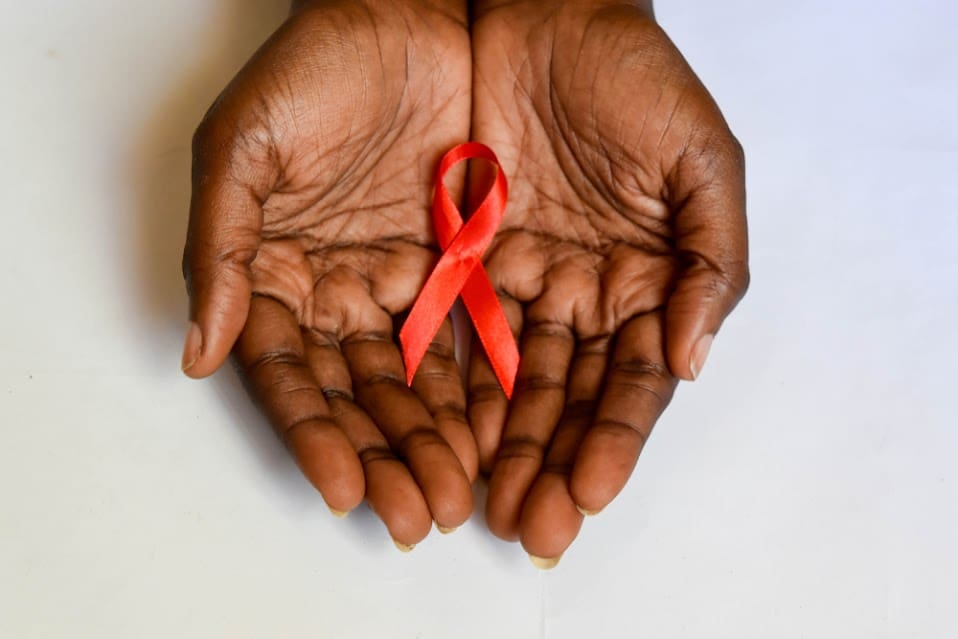A groundbreaking medical advancement could reshape the future of HIV prevention. In a landmark clinical trial, a twice-yearly injection of lenacapavir demonstrated an astonishing 96% effectiveness in preventing HIV infections. The findings, published in the New England Journal of Medicine, mark a potential turning point for pre-exposure prophylaxis (PrEP) strategies, particularly for at-risk populations facing adherence challenges with daily medications.
However, while the results signal enormous progress, concerns about accessibility, regulatory approval, and equitable distribution remain at the forefront of discussions. The question now is not just how effective this new method is, but how quickly and fairly it can reach those who need it most.
The evolution of HIV prevention
HIV remains a persistent global health challenge, disproportionately affecting marginalized communities. Over the years, significant strides have been made in prevention strategies, from the introduction of daily PrEP medications like Truvada and Descovy to expanded public health initiatives promoting safer practices.
Despite these advances, adherence to daily PrEP regimens has proven difficult for many. The need for a more convenient, long-acting solution has driven research into injectable alternatives, with lenacapavir emerging as the most promising candidate to date.
This shift toward long-acting injectables could revolutionize HIV prevention by eliminating one of the most significant barriers—consistent medication adherence. Instead of relying on individuals to take a daily pill, a twice-yearly shot could provide nearly uninterrupted protection.
Breakthrough clinical trial results
The phase 3 clinical trial involved 3,265 participants, including cisgender men and individuals identifying as transgender or nonbinary. The study focused on those at higher risk of HIV infection, particularly individuals engaging in condomless receptive anal sex.
The results were nothing short of groundbreaking. Among the 2,179 participants who received lenacapavir, only two contracted HIV. In contrast, nine infections occurred in the comparative group that received daily oral Truvada alongside placebo injections.
The trial confirmed a 96% reduction in HIV infection risk for those receiving lenacapavir, with near-total protection among adherent participants. This level of efficacy rivals and even surpasses existing PrEP options, making the injectable a game-changer for HIV prevention efforts.
Why this injection could change public health
The potential benefits of a biannual HIV prevention shot extend far beyond convenience. One of the biggest challenges in current PrEP strategies is ensuring individuals consistently take daily medications. Adherence issues can arise due to stigma, forgetfulness, side effects, or logistical barriers such as access to prescriptions and refills.
A twice-yearly injection dramatically simplifies this process. Patients would only need to visit a healthcare provider twice a year, making it significantly easier to maintain continuous protection. This approach could be especially transformative for underserved communities, where consistent access to healthcare services remains a challenge.
Public health experts have long emphasized the need for innovative solutions to close gaps in HIV prevention. Lenacapavir represents one of the most promising steps in that direction.
The challenges ahead
Despite the remarkable success of the clinical trial, several hurdles must be addressed before lenacapavir can be widely adopted as a mainstream HIV prevention method.
Regulatory approval remains a key issue. Currently, lenacapavir is only approved for treating multidrug-resistant HIV, not for prevention. Expanding its approved uses will require further review by agencies such as the U.S. Food and Drug Administration and the World Health Organization.
Cost and accessibility are also significant concerns. Cutting-edge treatments often come with a high price tag, raising questions about how lenacapavir will be made affordable, particularly in low-income countries where HIV remains a major public health crisis. Experts stress the need for pricing strategies that ensure the injection is accessible to those most at risk, rather than becoming an exclusive option for wealthier populations.
Infrastructure and distribution logistics present additional challenges. Widespread adoption of an injectable HIV prevention method would require trained healthcare providers, expanded clinic capacities, and streamlined delivery systems to ensure patients receive timely doses.
Looking ahead
While lenacapavir’s success in preventing HIV infections is cause for optimism, ongoing research is needed to refine its implementation. Scientists and policymakers are focusing on key areas, including expanding trials to a broader demographic, addressing long-term safety concerns, and developing policies that support equitable access.
Public health organizations are also examining how this new approach fits into the broader landscape of HIV prevention. Rather than replacing existing methods, a long-acting injection could serve as an additional option tailored to individuals who struggle with daily medication adherence.
The road ahead is complex, but one thing is clear: lenacapavir has the potential to be one of the most significant advances in HIV prevention in decades. With careful planning, equitable policies, and continued scientific progress, this breakthrough could help drive the world closer to ending new HIV infections once and for all.














